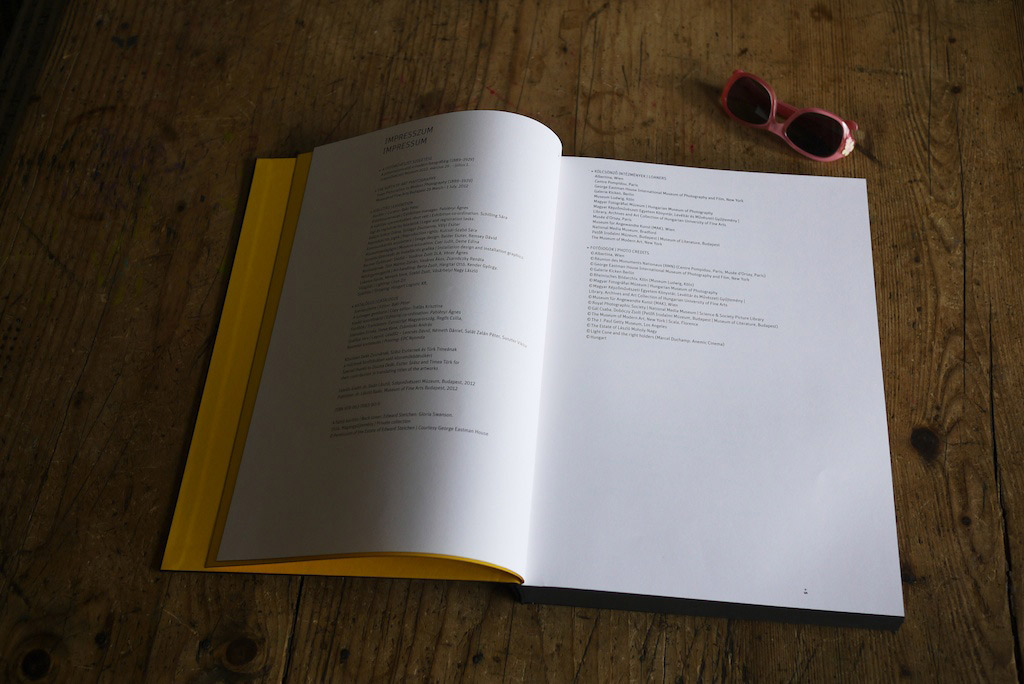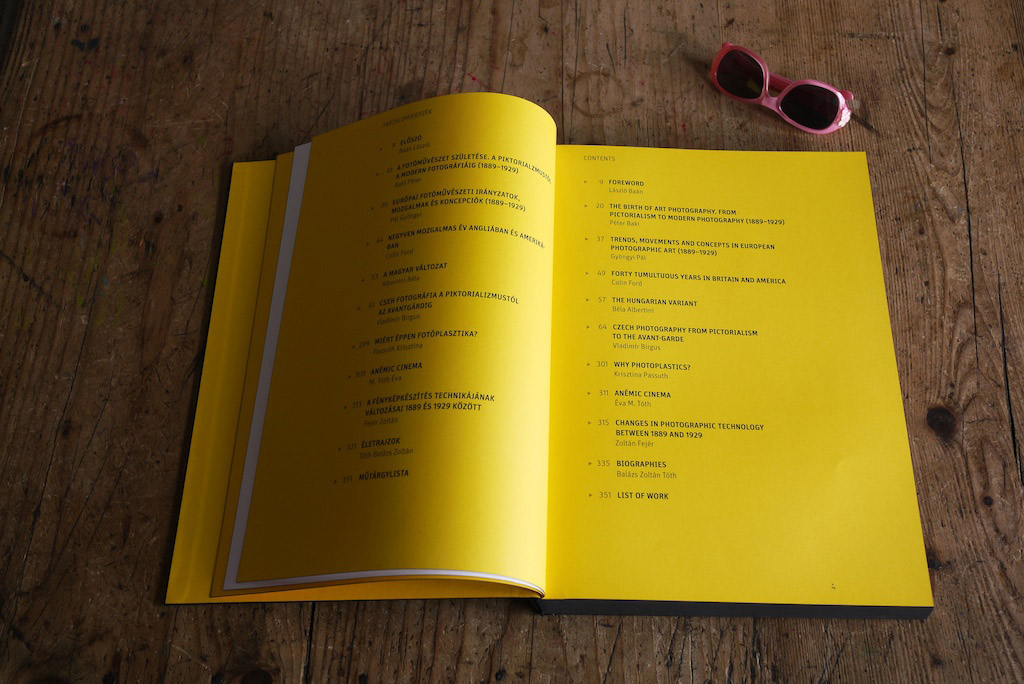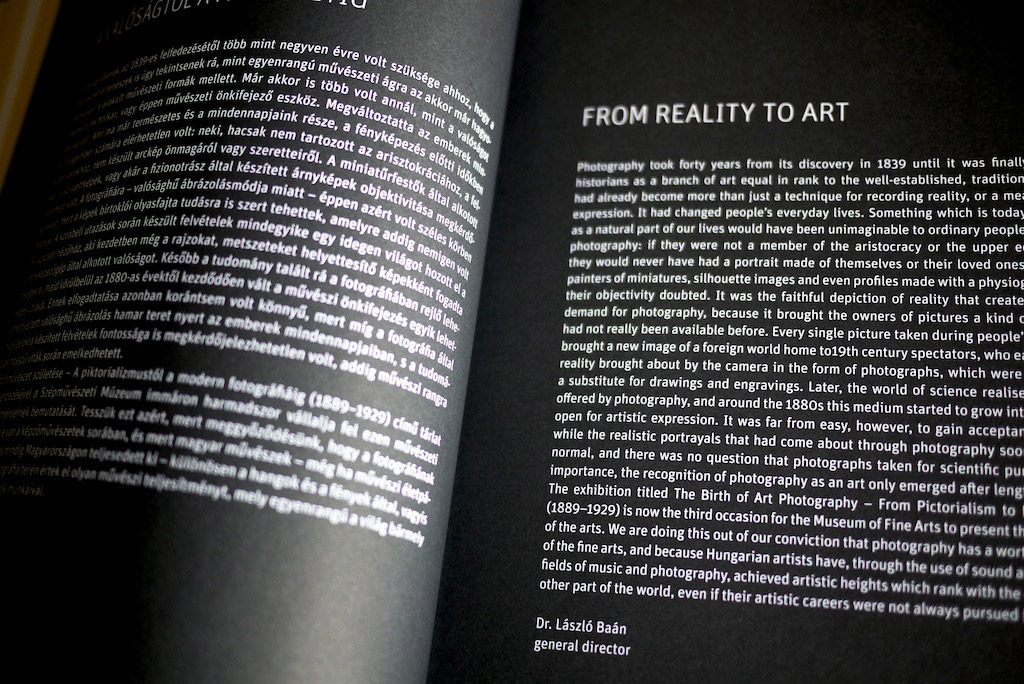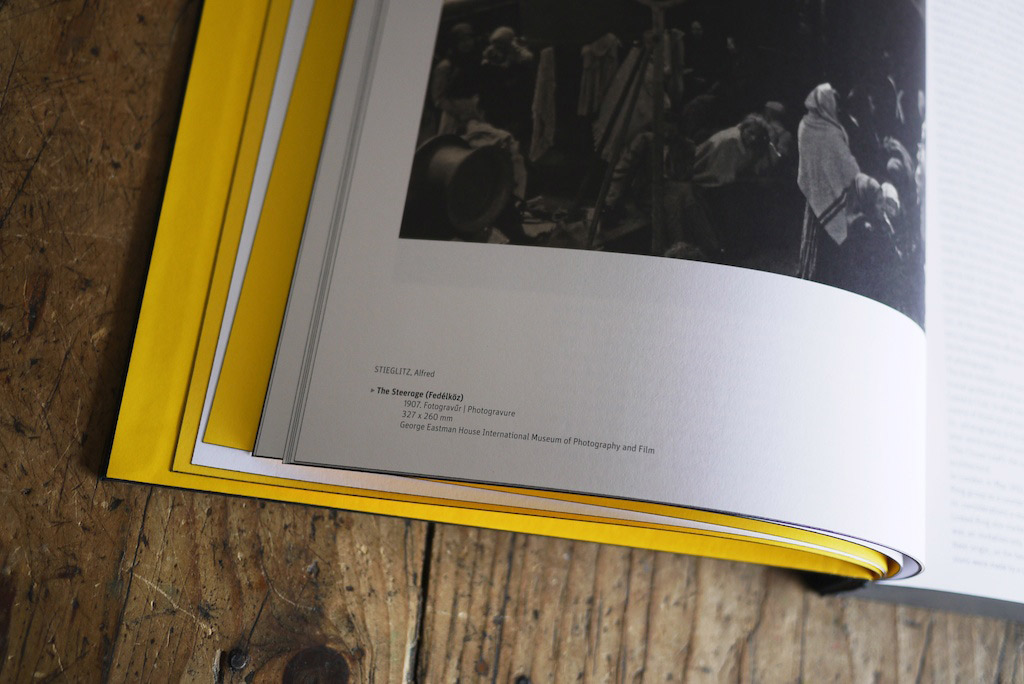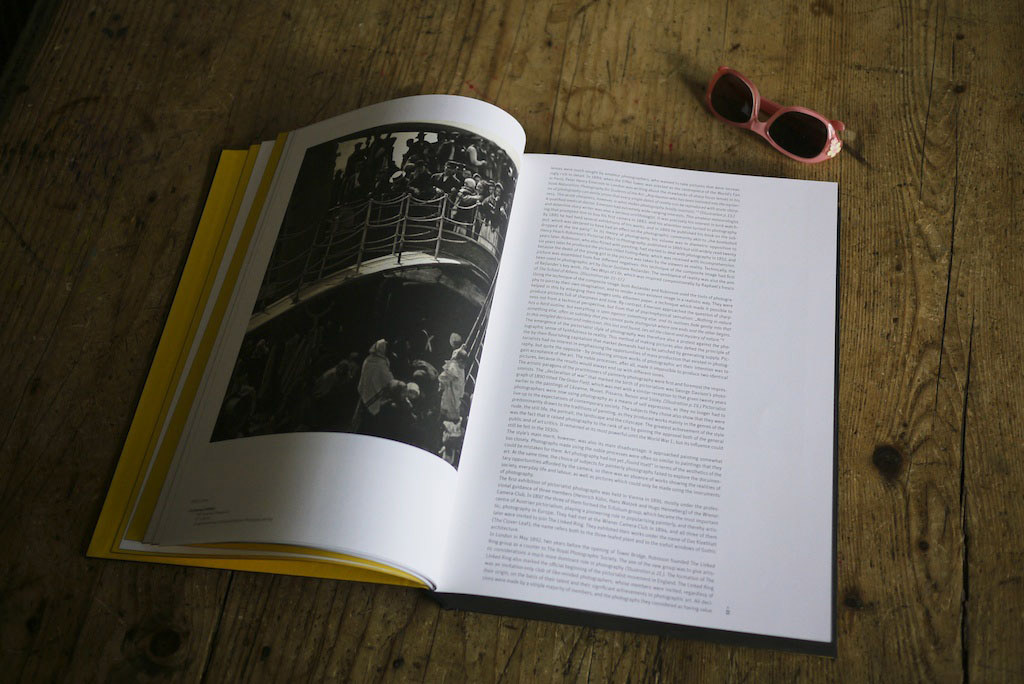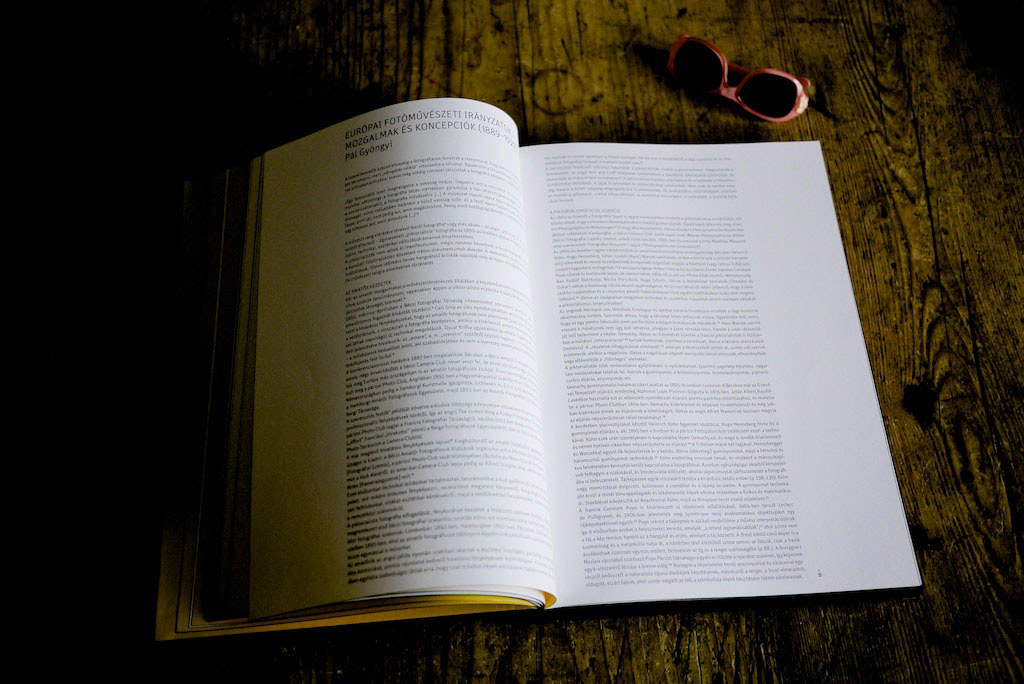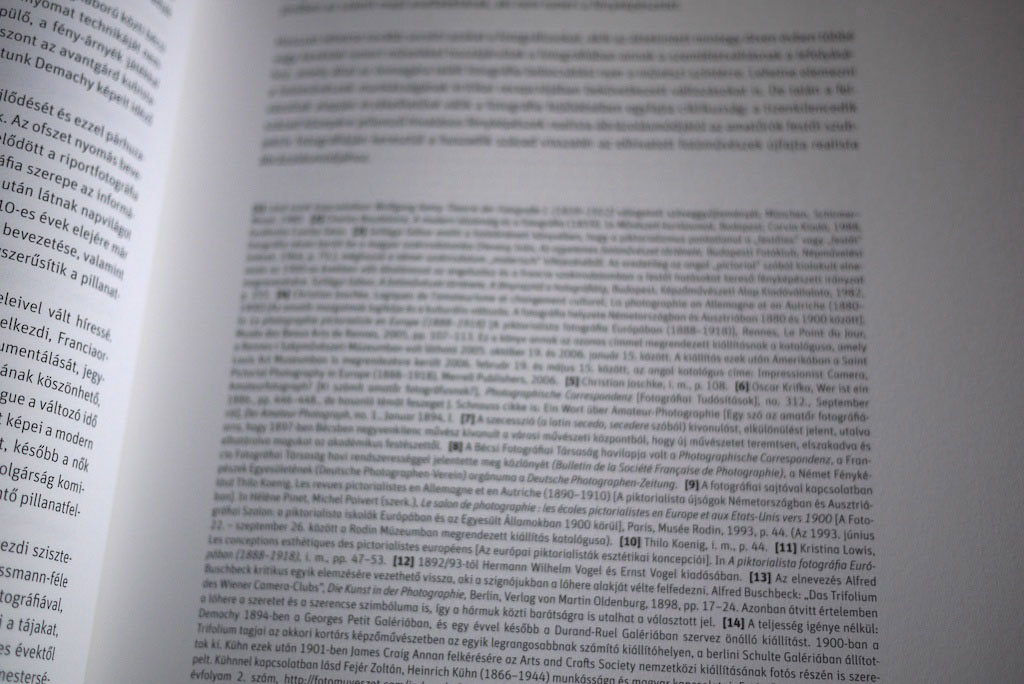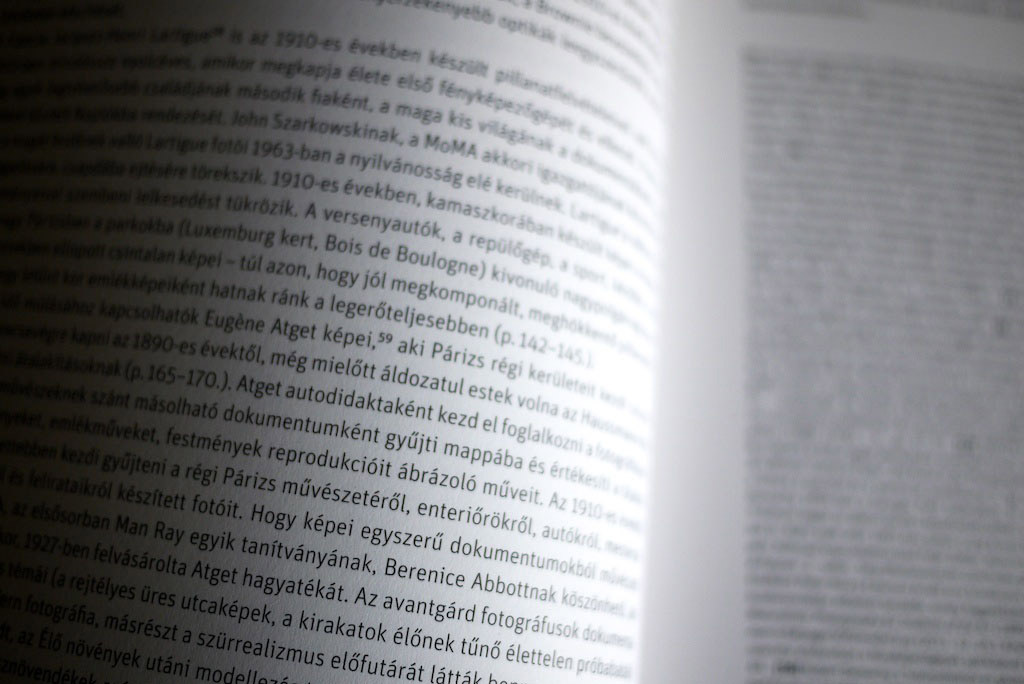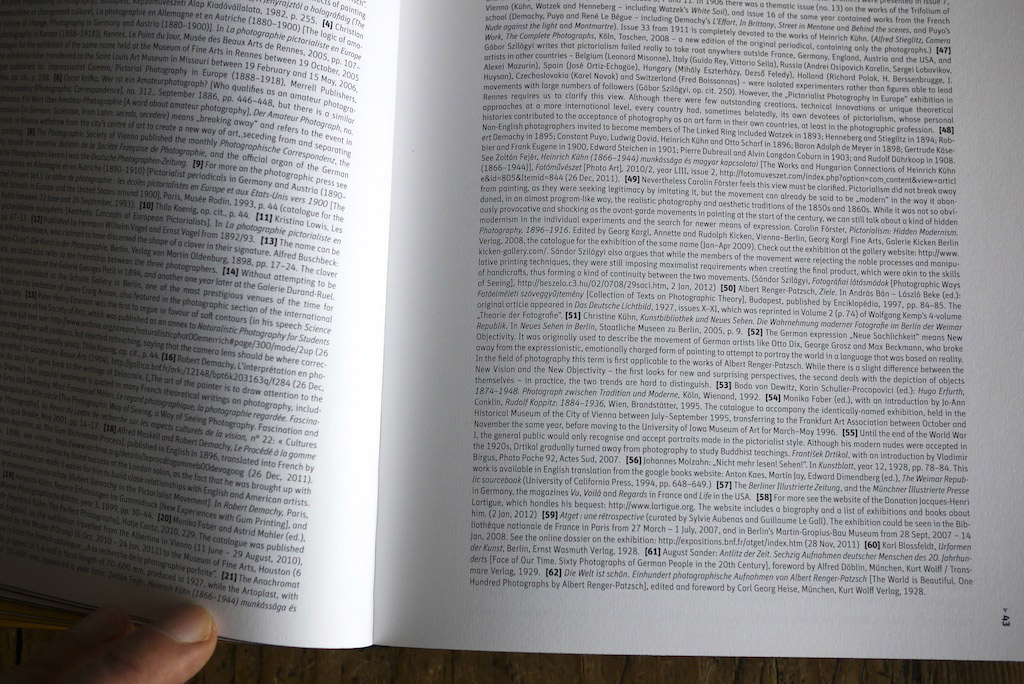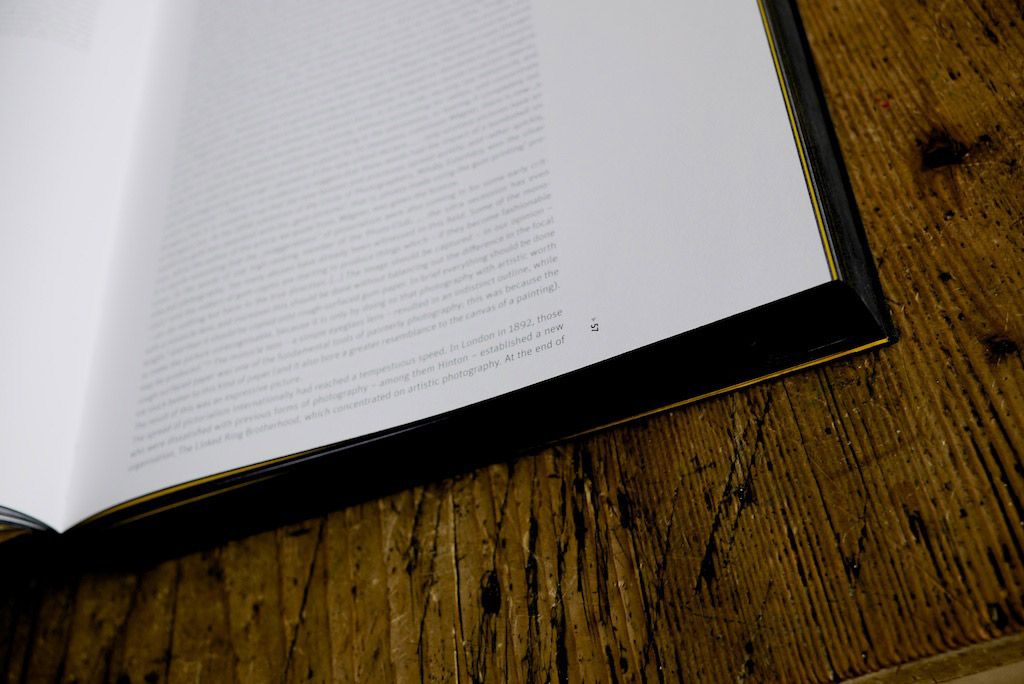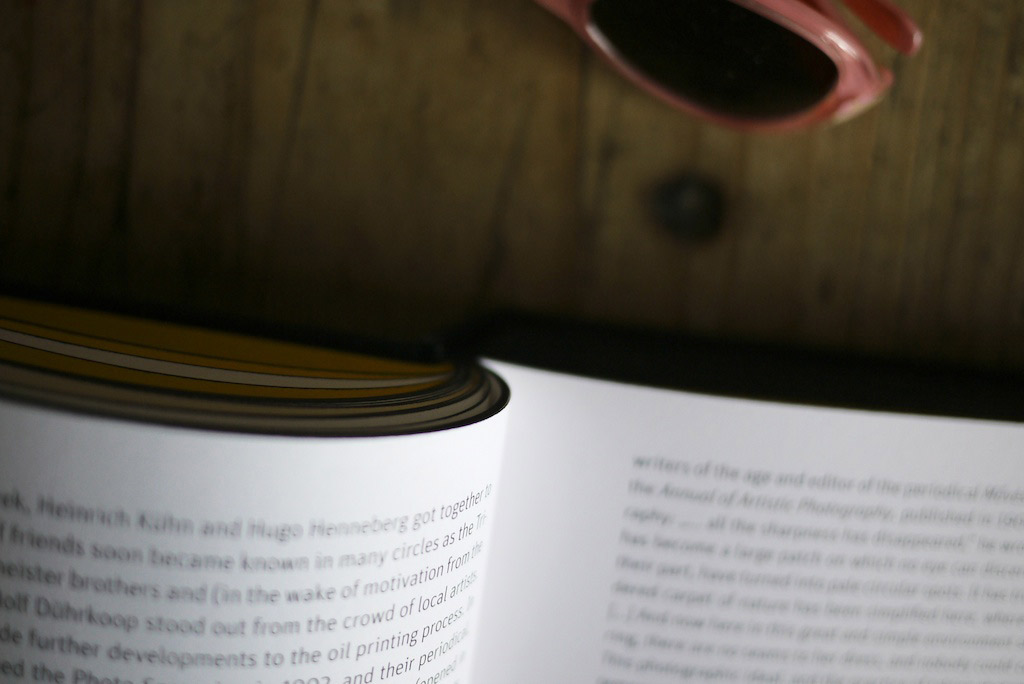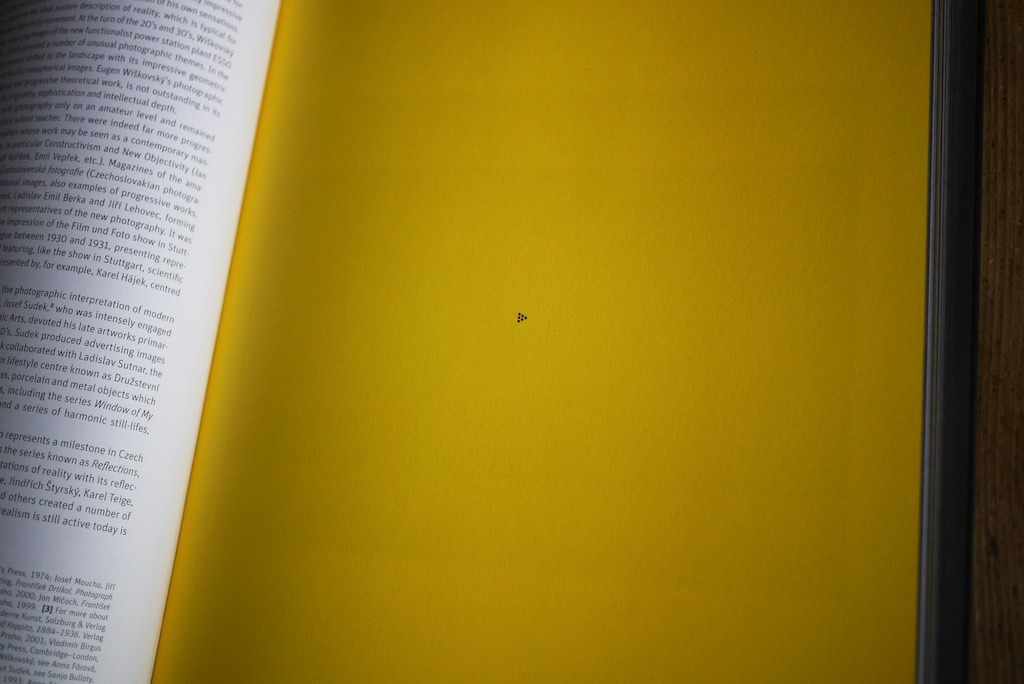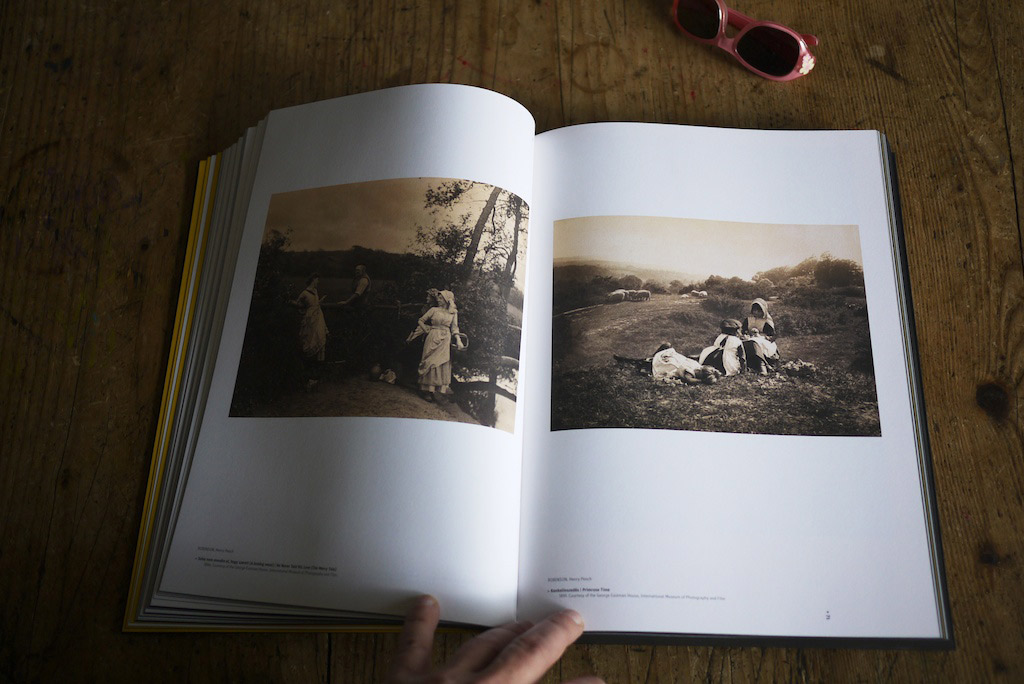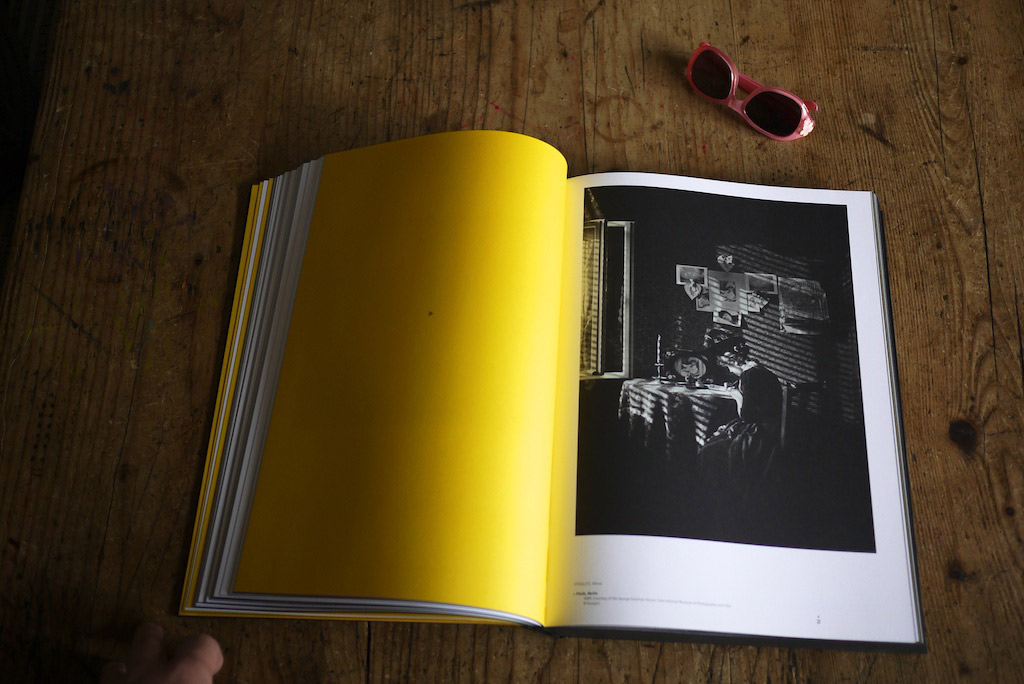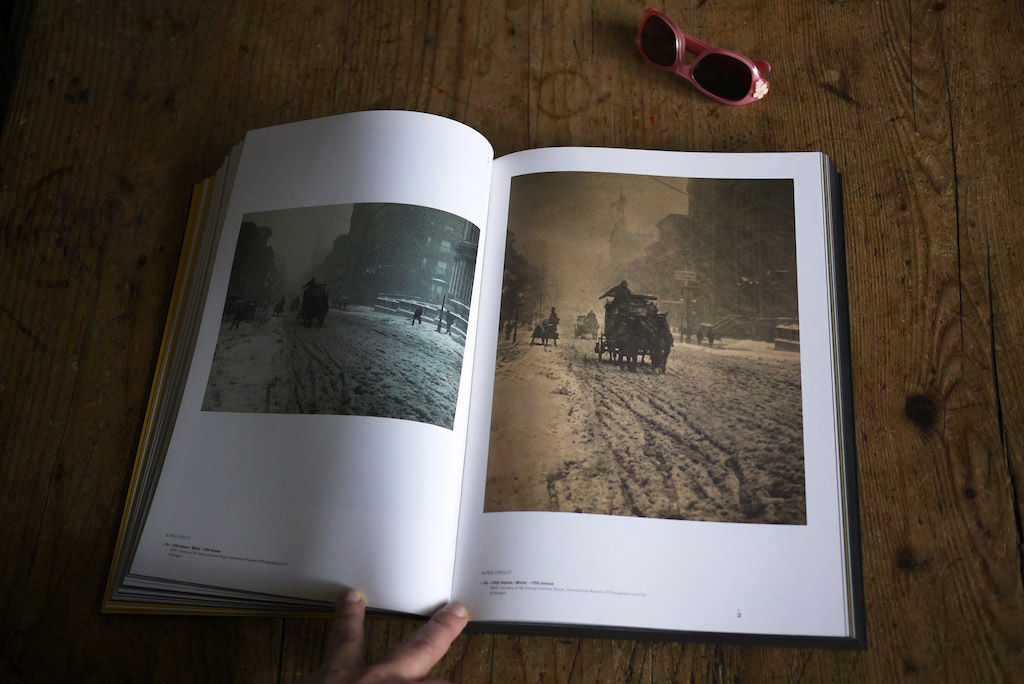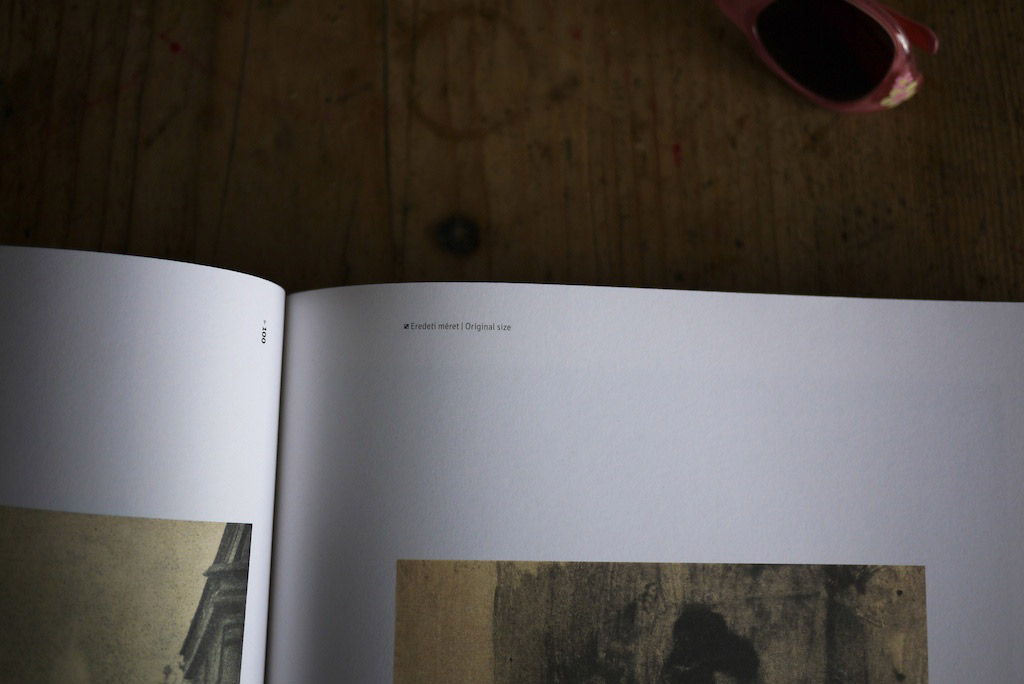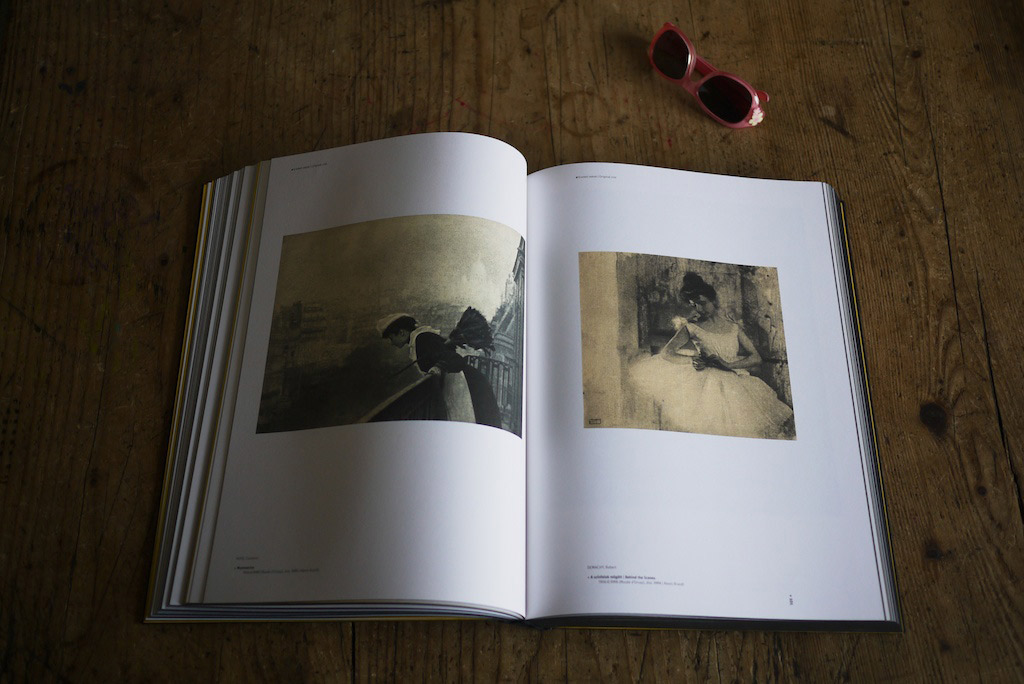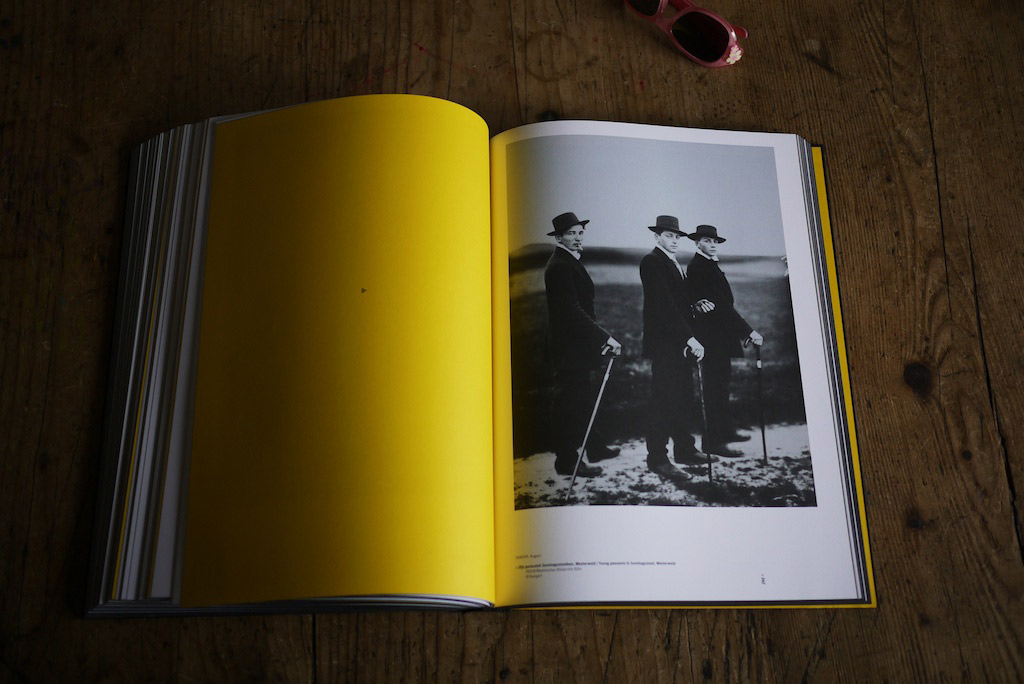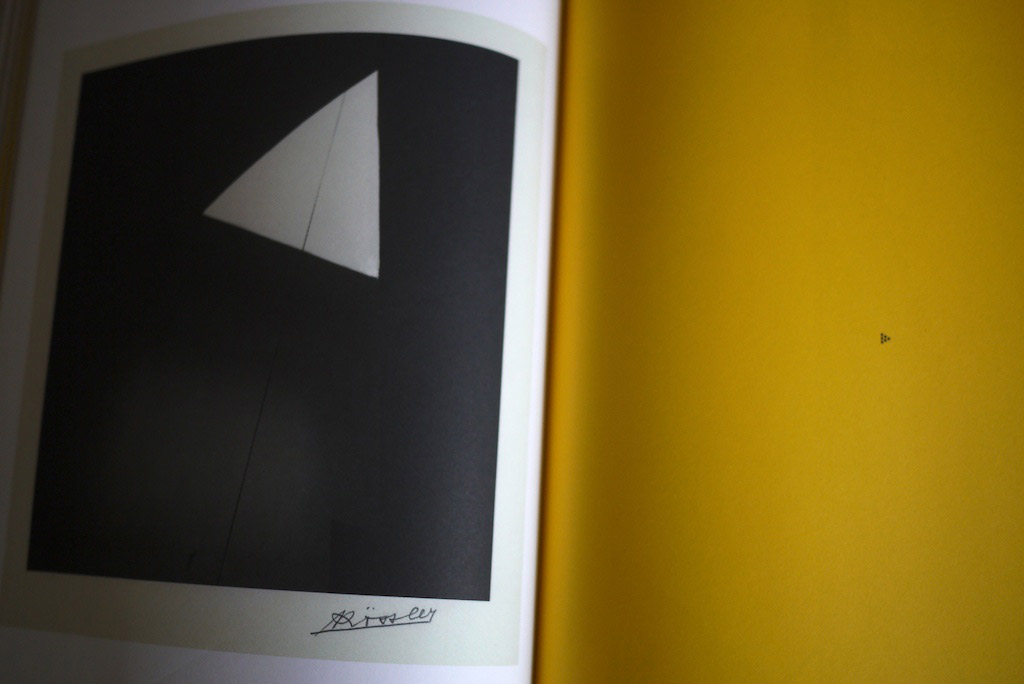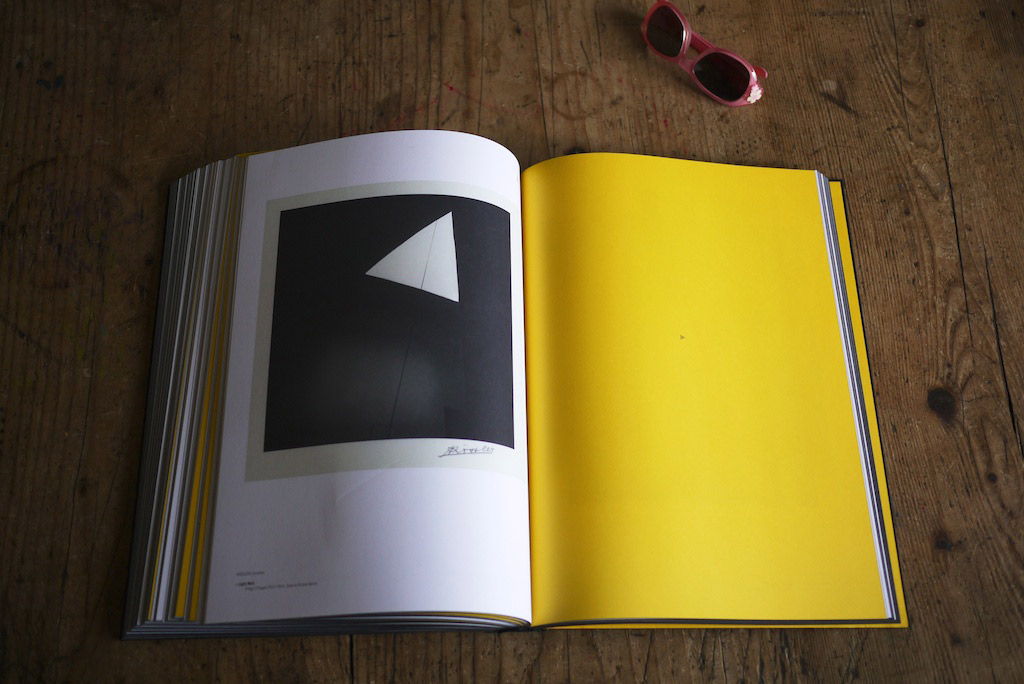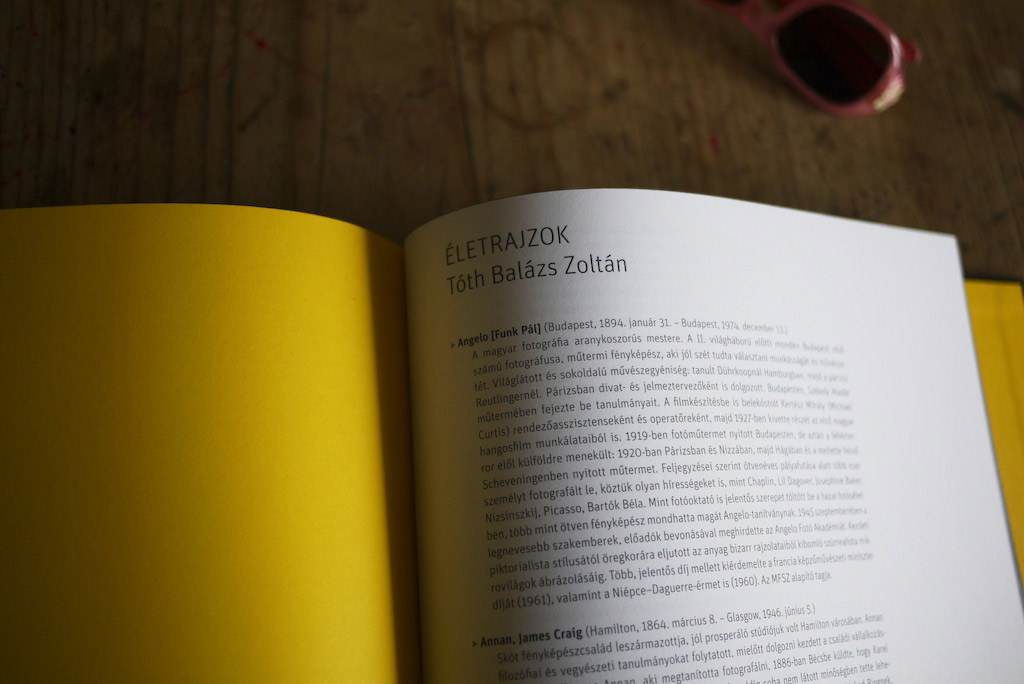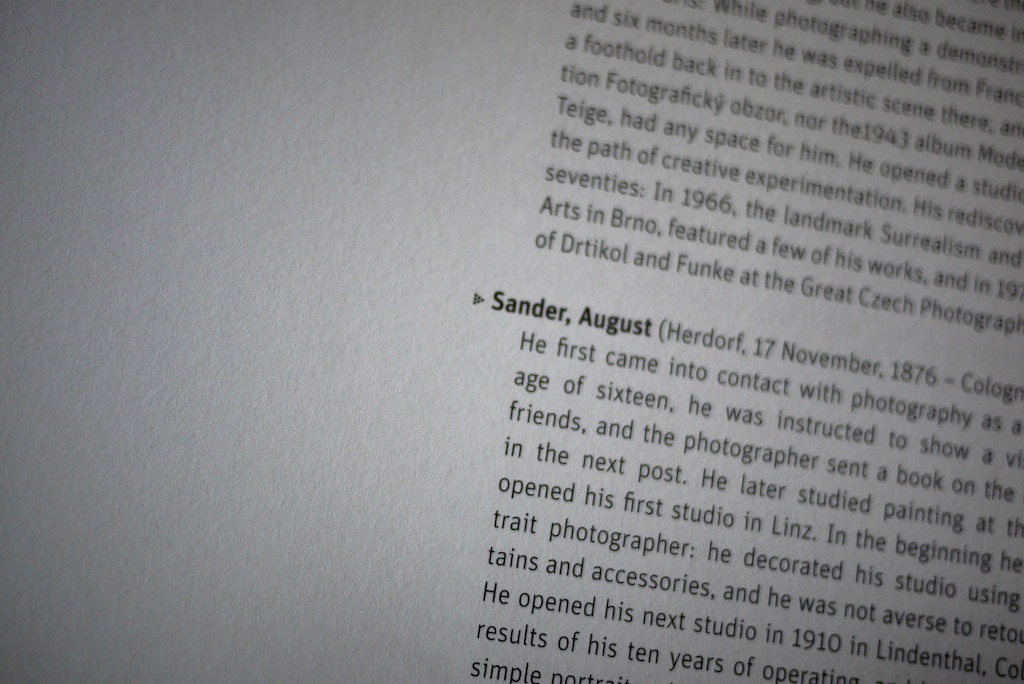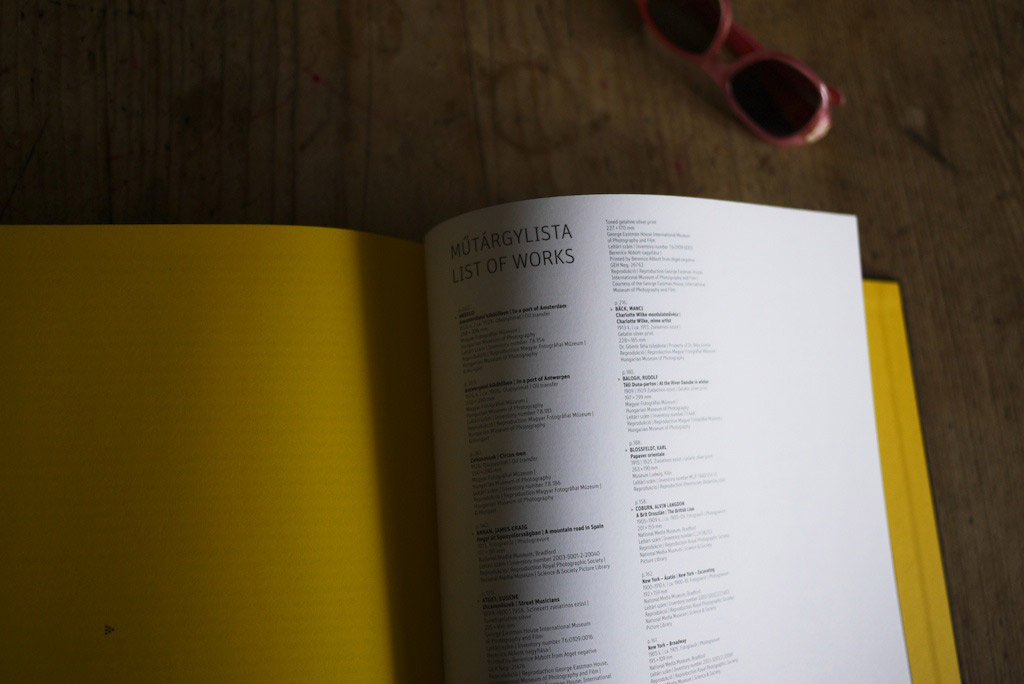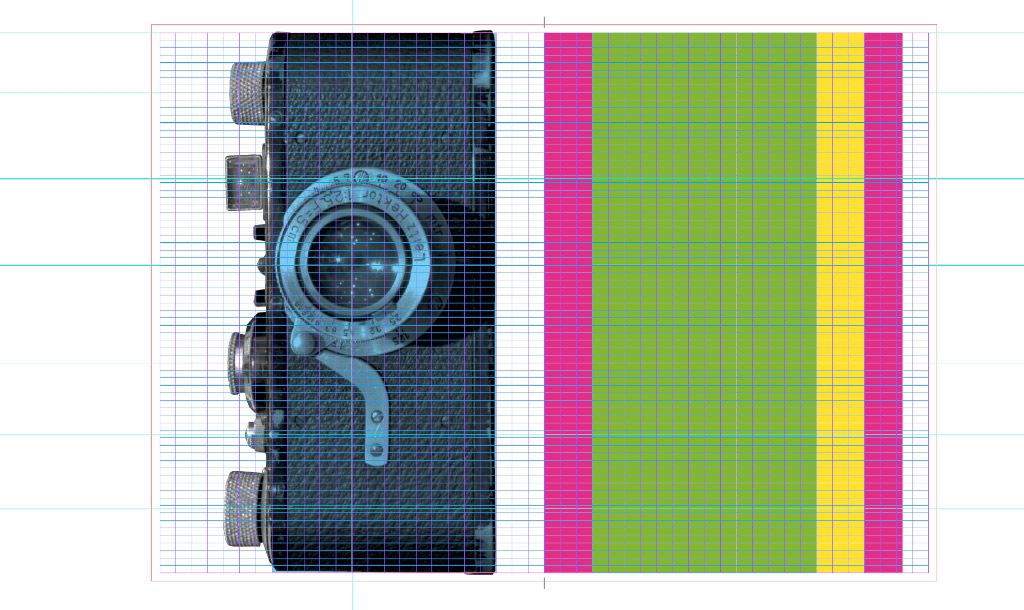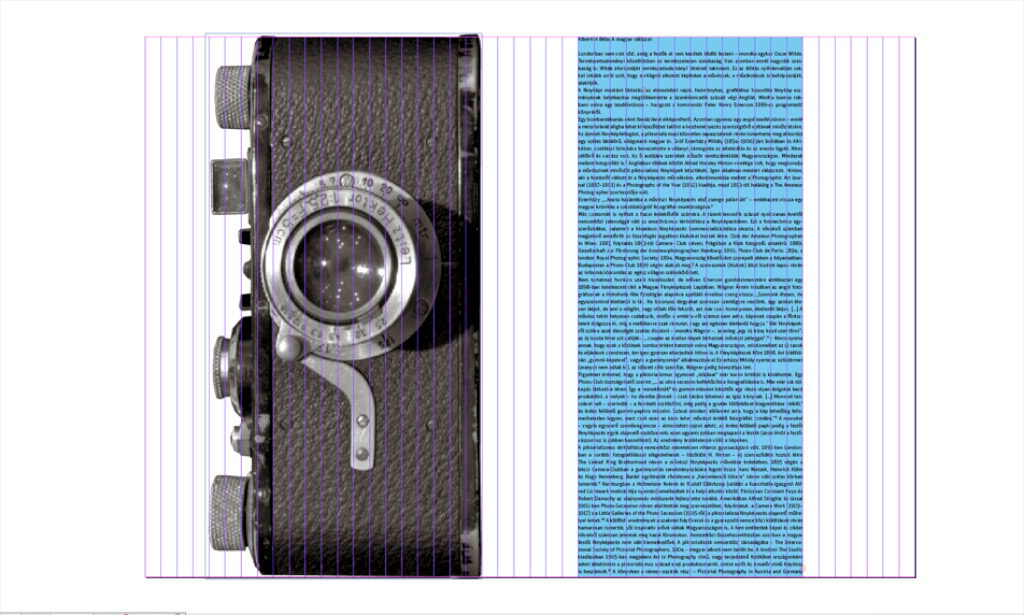The Birth of Photography From Pictorialism to Modern Photography 1889-1929
Pictorialism is a milestone in the history of photography. This new movement evolved almost simultaneously in England, Austria, France and Germany in the 1890s. Its aim was to attain autonomy for photography in the dispute of its artistic value by imitating painting, and considered as its models the Impressionist artists. The outlook approaching the traditions of painting is traceable in both the themes themselves and their technical handling, and is enhanced by the usage of soft focus lenses and exotic printing processes. The representatives of Pictorialism used photography as a means of self-expression rather than wanting to give an accurate rendering of reality.
The greatest merit of the movement is raising photography to an artistic height. Due to the exotic printing processes the photographs, however, bore a striking resemblance to paintings, and in their themes made no use of the potentials of their document-like character. The excessive resemblance to painting illustrates the fact that the genre had not yet “found itself” in an aesthetic sense. As a response to these “deficiencies” Straight Photography appeared in the States in the 1920s, almost the same time as New Objectivity in Europe. Both styles aimed at creating a clear, objective visual language, breaking radically away from Pictorialist traditions.
Visitors to the exhibition will primarily be able to witness the transformation towards modern photography evolving around the First World War. The exhibition will display through works ranging from the first prominent publication of Pictorialism (1889) to the Film und Foto exhibition (1929) the change which took place in the space of approximately forty years.
The accompanying catalogue of the exhibition is a part of light-proof, closed black box which at one point the light is seen. The size, the interior division, the typographical elements of the catalogue was determined by the structure ratios and the focal point of the era’s best-known photo camera, the Leica 1.
Paper: Munken Polar
Font: FF Unit



